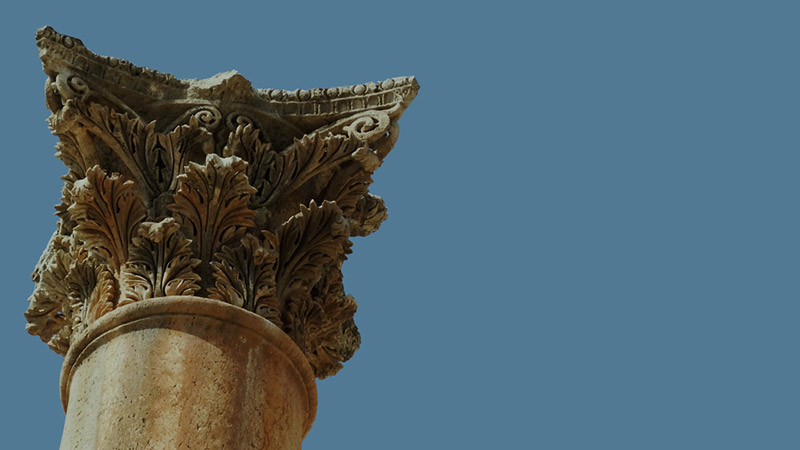More Results
Showing 12 of 420
Encyclopedia

Jerusalem from the Mount of Olives
Just as it did in Jesus' day, modern Jerusalem stands as a center for Jewish culture and religion.
MORE
Jerusalem from the Traditional Garden of Gethsemane
The Bible does not actually link the place of Gethsemane with a garden. It is called Gethsemane (Matt. 26:36) and an olive grove (in some versions, a garden). Both names are correct. Gethsemane (which means "oil[s] press") would have bee...
MORE
Jerusalem Geography
Hinnom Valley This valley formed the western boundary of the Upper City of Jesus' time; it began along the Western Hill and ended where the Tyropean and Kidron Valleys meet.Just west of Jerusalem, this valley was at one time the city sewage dump, ...
MORE
Jerusalem's Hinnom Valley
Jerusalem's Hinnom Valley marked the western and southern edges of Jerusalem, beginning along the Western Hill and ending where the Tyropean and Kidron Valleys meet. In the Old Testament, it was often the site where people of Judah sacrificed thei...
MORE
Jerusalem: Hezekiah's Water System
The main water supply for the city of Jerusalem was the spring of Gihon, which flowed out of a cave on the eastern side of the hill on which the city stood. The Hebrew word means "gushing out" and was given because the spring does not ha...
MORE
Jerusalem: Hezekiah's Water Tunnel
This tunnel was created by Hezekiah's workmen more than 700 years before Jesus. Working from the spring of Gihon on one side, and the western slope of the ridge of Jerusalem on the other, two teams of workmen created a tunnel by chiseling through ...
MORE
Jerusalem: The Cave of the Spring of Gihon
The water flowing out of this cave, the source of the spring of Gihon, is the reason Jerusalem was built on the ridge above.The spring provides more than 34,250 cubic feet of water per day. The water runs from the cave a short distance (about 33 f...
MORE
Jerusalem: The Eastern Gate
This gate was built in the sixteenth century, long after New Testament times. Several years ago, the Herodion remains were accidentally uncovered below this gate, indicating that it was probably built over the one used when Jesus visited the templ...
MORE
Jerusalem: The Midway Point in Hezekiah's Tunnel Where the Workers Met
The photograph shows the spot where the tunnelers met nearly at midpoint. The ability of these people to cut this small tunnel without modern instruments or tools is astonishing. The fact that they were only 10 feet off horizontally and none at al...
MORE
Jerusalem: The Southern Stairs
This photograph shows the southern stairs as viewed from the west, looking onto the stairs and Herod's massive Temple.On the right side of the photo is a straight joint in the wall. This is the beginning of Herod's extension of the Mount to the so...
MORE
Jerusalem: The Temple
This view is of the Temple, looking west. The Temple was one of the greatest buildings commissioned by Herod. The front was 170 feet high and 170 feet wide. The back portion was 170 feet high and 115 feet wide.The building was made of white marble...
MORE
Jerusalem: The Temple Mount Colonnade
The enormous Temple Mount of Herod had a 45-foot-wide colonnade around it. The eastern colonnade was called Solomon's Colonnade and was used by Jesus and the early Christians as a place of meeting and teaching. More than 40 feet high, the roof of ...
MORE

















